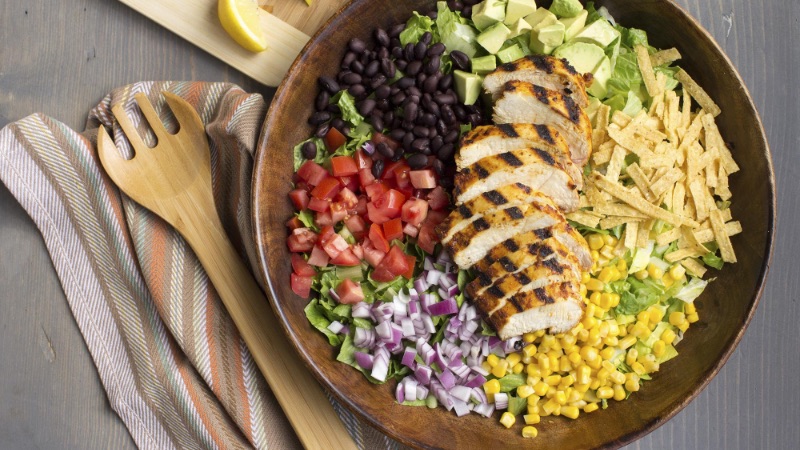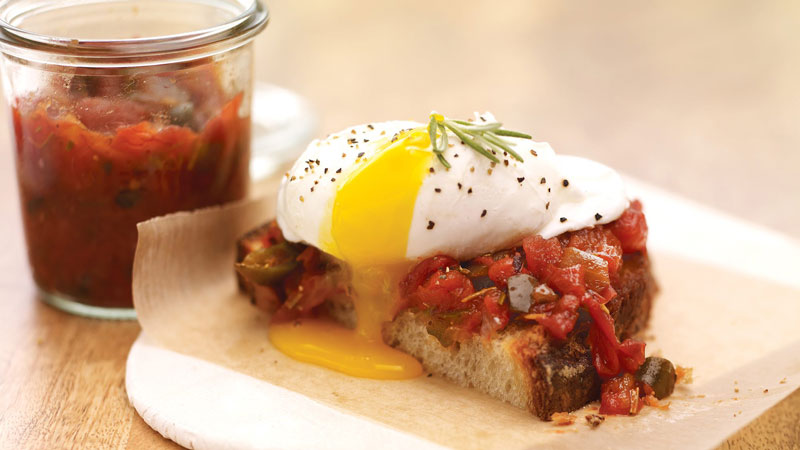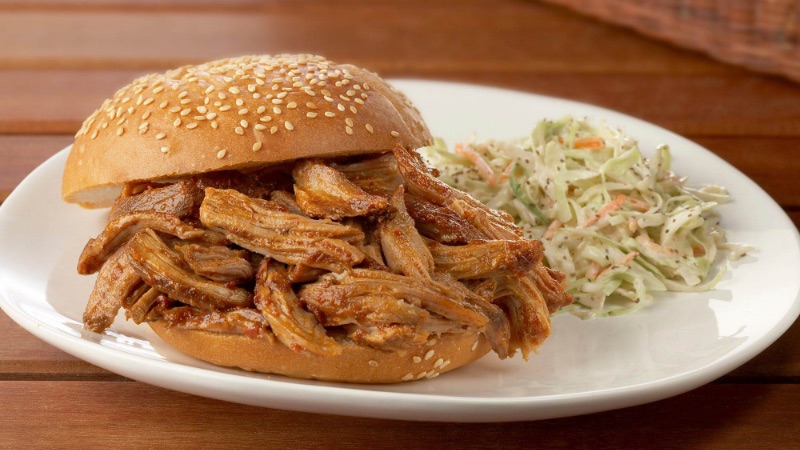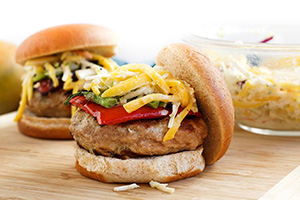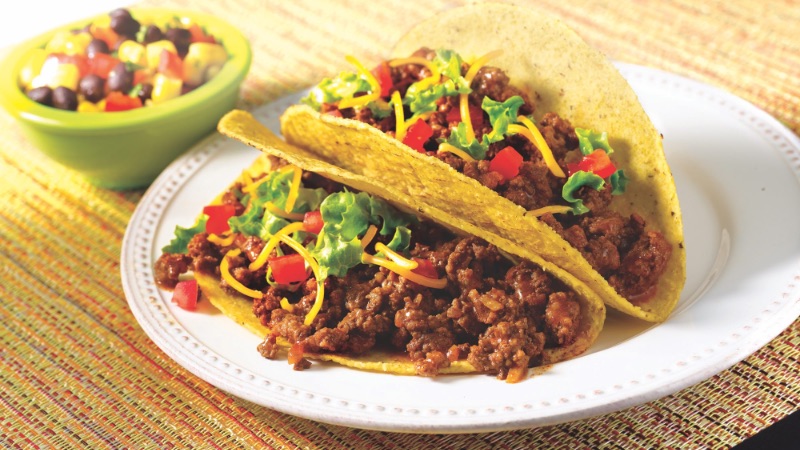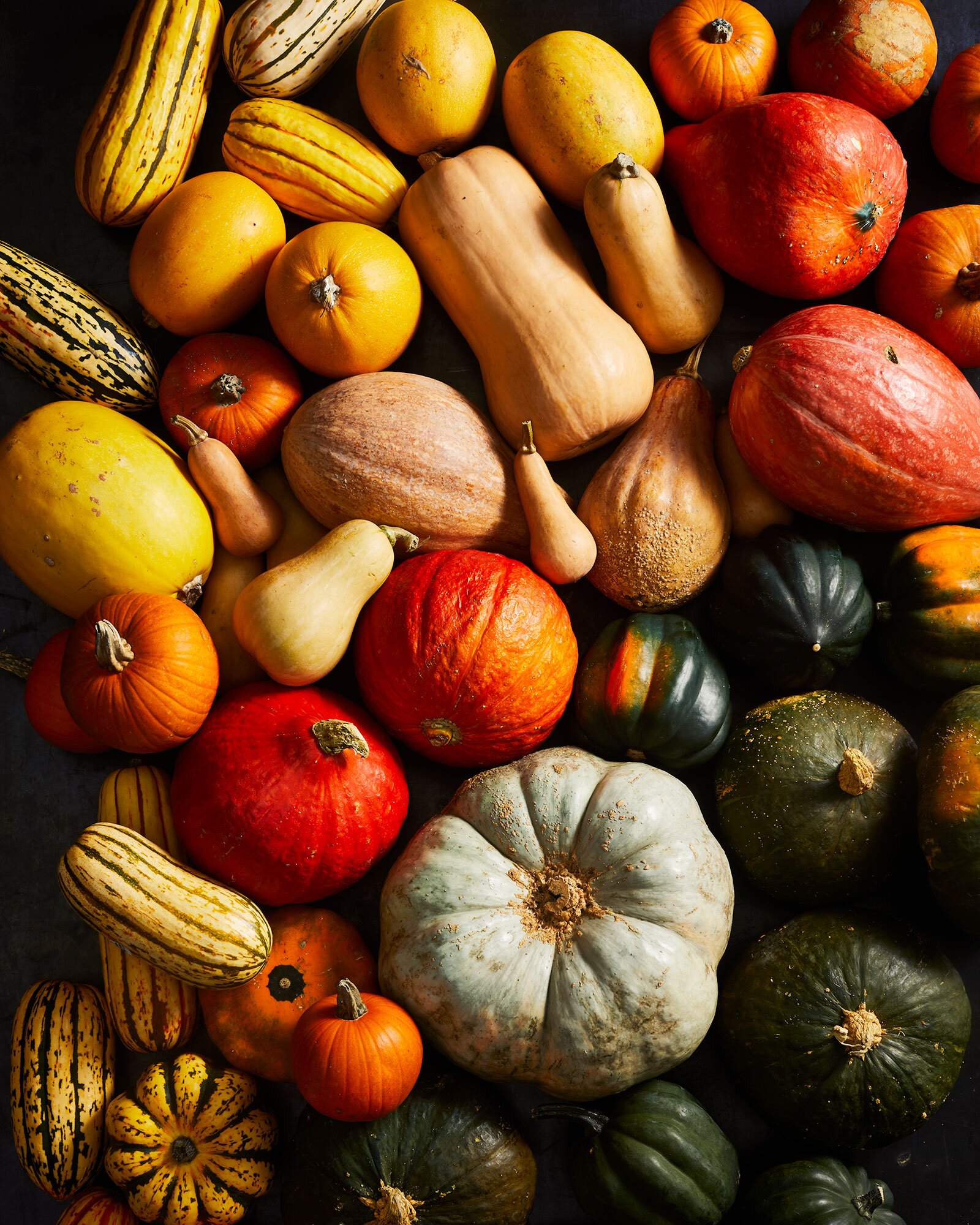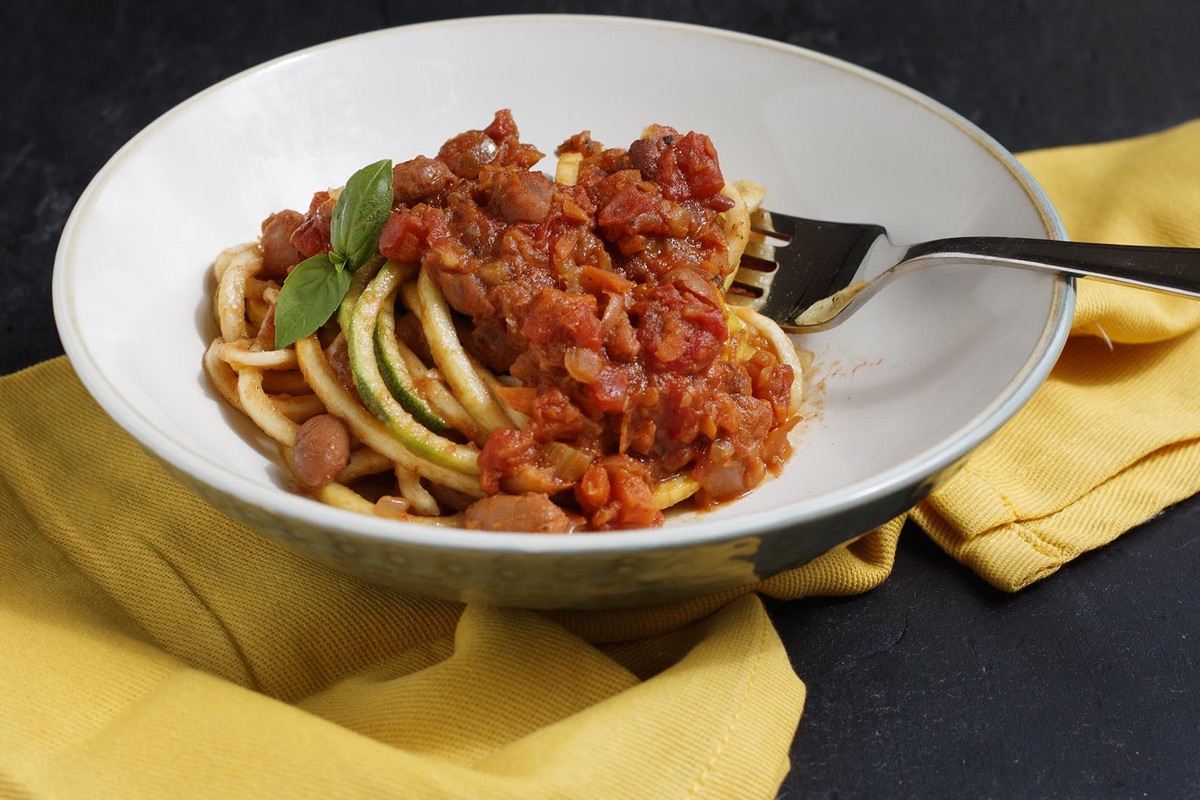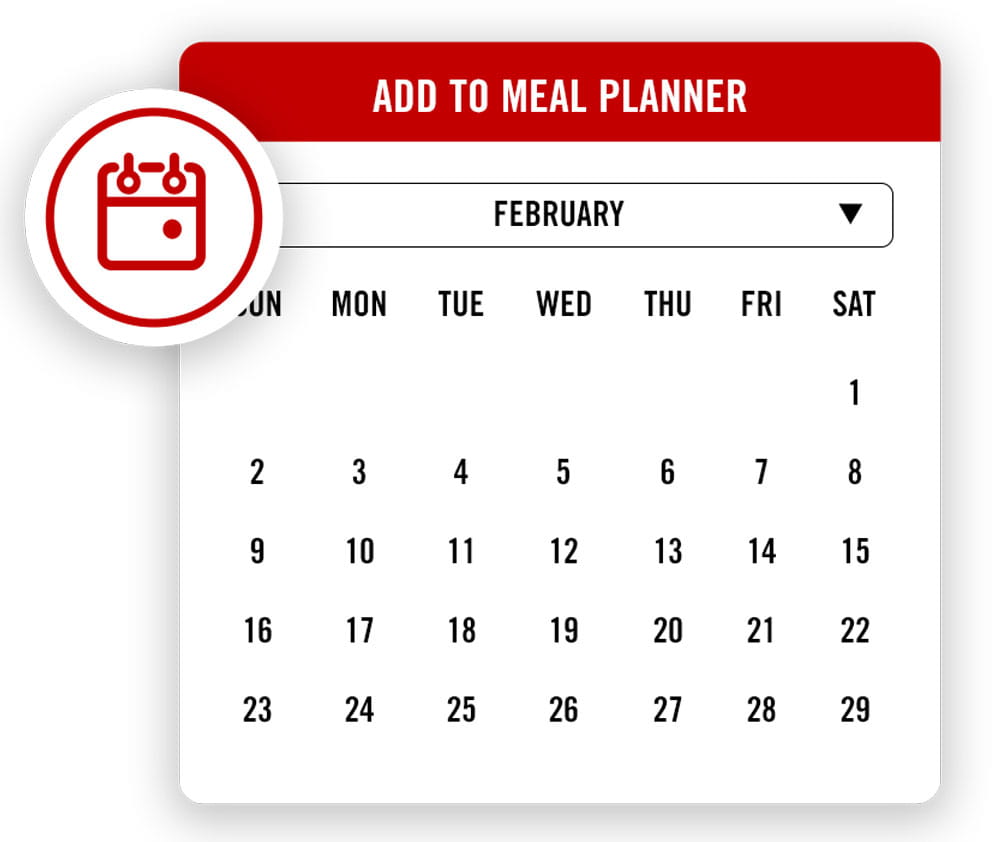I heard a crazy statistic recently… that Americans toss more than 35 million tons of uneaten groceries every year. This shocked me, but when considering my own personal struggle with food waste, as a person who cooks just for herself, it doesn’t surprise me. According to the USDA, the most common food items wasted are grain products, fresh produce, dairy products, meats, eggs, and sweeteners. Sound familiar? With a few changes in habit, you can drastically cut back on food waste, which is good for the environment, society, and your wallet.
Cooking for one, I’ve made somewhat a study of trying to cut back on food waste and learned a few “life hacks” that have made a great impact on the amount of unused provisions in my household—read on below!
1. Plan your meals. By planning meals, you can go to the grocery story with intention and prevent shopping in excess. It’s even better if you can plan meals and do your grocery shopping with food conservation in mind. For example, let’s say I buy a pack of chicken breast that includes five pieces. I’ll freeze two, and plan to make three different chicken recipes during the week. (I don’t recommend eating the same recipe every night of the week—I tried that once with borscht, and let me tell you, it did not end well!)
2. Use a specific grocery list. By shopping from a grocery list, you’ll be less likely to buy things you don’t need (and of course, less likely to forget things you do need!). But take it a step further, and make your list very specific. If my recipe calls for two zucchini, I write “2 zucchini” and buy loose produce rather than packaged fruits and vegetables. Don’t buy a pack of five just because they’re sold that way—and on that note, don’t shop for produce at Trader Joe's. Everything is packaged there!
3. Know your measurements. Take a look at your recipes before you leave the house, and make any necessary conversions, so you’ll know exactly how much to buy. If your recipe calls for 5 cups of vegetable broth, make a simple conversion and you’ll find that that’s 40 oz. (use Google unit converter in the regular search box if you need to). Mark the converted amount down on your grocery list so you don’t end up buying too much or too little of what you need.
4. Shop from bulk bins. Rather than purchasing packaged grains, pastas, nuts, and spices, shop from the bulk bins and buy only what you need. Whole Foods and health food stores usually have extensive bulk bins with more offerings than you’ll find in the other aisles. While I love the convenience of packaged salads, I’ve found I’m rarely able to finish a full box of salad, so instead I buy loose lettuce or spinach.
5. Cook only what you will eat. If the recipe you want to make serves six, divide all the required ingredients by three, so you have two servings. Then, have it for dinner and then lunch tomorrow. Don't ever cook more than you know you can eat. Even if you're making something as basic as couscous, measure out exactly what you'll eat and leave the rest in the pantry, so it doesn't go to waste. Pro tip: Get yourself a spaghetti measure tool, which will show you exactly how much pasta you need per serving; it's life-changing. Use this portion planner to remove the guesswork about how much to make of fruit, vegetables, meat, grains, and more.
6. Move expiring items to the front. When you are unpacking your groceries, move older products to the front of the refrigerator, freezer, or pantry, so you see them before they expire. Put your new purchases behind them.
7. Become a freezing master. Learning how to freeze foods has made the biggest impact on my food waste, and my freezer has really become my best friend. But it requires mindfulness. First of all, it’s essential to wrap and seal your frozen foods well so they don’t get freezer burn or leak, etc. I also label all my containers with food type, freeze date, and any reheat instructions.
Rather than just freezing my leftovers, be it soup, a casserole, or what have you, I actually measure them out and freeze them into "single girl" servings. An individual serving of frozen soup can be popped directly into a saucepan and reheated for a few minutes, and voilà: lunch!
I have a slight addiction to açai bowls, which I make with bananas and berries, but I’ve found that if I buy my berries in the beginning of the week, they tend to go bad before I can finish them. To prevent this, I make individual freezer packs of exactly what I need for a single bowl: half a banana, about six strawberries, and a handful of blueberries. As a single person, I can never finish a full loaf of bread before it goes bad either, so I freeze half a loaf and defrost when I’ve finished the first half.
8. Be nimble. Especially if you’re new to cooking, you may feel you have to stick exactly to your recipes, but you don’t! If your recipe calls for a couple ounces of fontina, do you really need to go out and buy a whole piece of cheese you’re not going to finish? No. Just use the gouda you already have in the fridge or consider skipping the cheese. Fresh herbs are especially something you shouldn't get hung up on. You can easily just omit them or use dried herbs and no one will know the difference.
9. Use it up. On the weekends, I like to make a point to try to use up all of the produce or leftovers I’ve accumulated during the week before they go bad. A big vegetable scramble is great for breakfast, or you can throw virtually any produce into a smoothie, a soup, or a taco.
10. Learn where to store your foods. There’s a science to where your foods should be stored, both in and out of the refrigerator. Milk, for instance, should not be kept on the fridge door, where temperatures fluctuate. Head here to read all about where to store your foods for optimal freshness.
11. Create your own labels. The “Use by,” “Sell by,” “Best by,” dates on your packaged foods are actually guidelines for the grocery store, not for the consumer. To learn how long your food will last, search The Food Keeper food storage database. It may help you to keep a pen and a roll of masking tape near your fridge and write your own labels.
This article was written by Julia Millay Walsh from Food & Wine and was legally licensed through the NewsCred publisher network. Please direct all licensing questions to legal@newscred.com.



